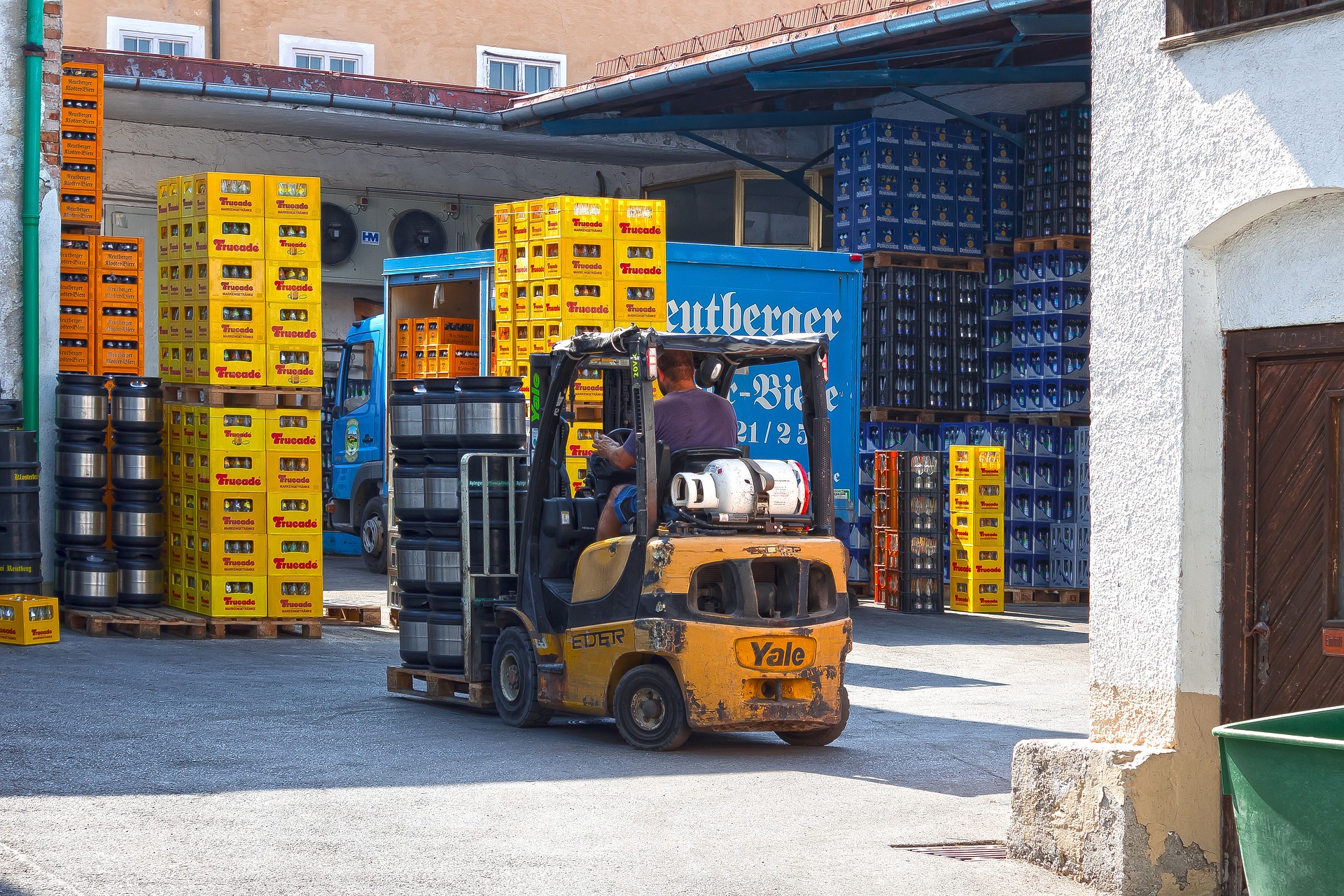Food Delivery and Cold Chain Logistics
Food delivery has evolved from simple courier runs to a logistics-driven service where maintaining product quality matters as much as speed. For many items—especially fresh or frozen foods—reliable refrigerated transport and strict temperature control are essential to prevent spoilage, protect food safety, and meet regulatory requirements. This article explains how cold chain transport links with modern food delivery, how perishable goods are protected, and what practices help keep meals safe and consistent from kitchen to consumer.

How does cold chain transport work?
Cold chain transport refers to a sequence of refrigerated storage and transport steps that keep temperature-sensitive items within defined ranges. The chain begins at the supplier or kitchen, continues through refrigerated trucks, warehouses, and distribution centers, and ends with last-mile delivery. Temperature monitoring devices and insulated packaging help limit fluctuations during transfers. Maintaining documentation and traceability supports food safety compliance and makes it easier to identify and isolate issues when deviations occur.
How does refrigerated transport support deliveries?
Refrigerated transport uses vehicles or containers equipped with active cooling systems to maintain set temperatures throughout transit. These systems can be adjusted for chilled or frozen conditions depending on the cargo. For food delivery, refrigerated transport reduces microbial growth and slows enzymatic changes in products such as dairy, meat, and prepared meals. Coordinating schedules to minimize dwell time and using dedicated refrigerated compartments in multi-temperature vehicles are common strategies to preserve product integrity during longer routes.
How is temperature control maintained?
Temperature control relies on a combination of equipment, procedure, and monitoring. Refrigerated units are calibrated and monitored with temperature loggers, real-time telematics, or data recorders that alert operators if conditions drift. Insulated packaging, gel packs, or dry ice provide short-term thermal buffering during handoffs or last-mile steps. Standard operating procedures—such as pre-cooling vehicles, validating temperatures on pickup and delivery, and minimizing door-open times—help reduce risks. Accurate temperature records also support product recall capabilities and regulatory audits.
How are perishable goods handled during food delivery?
Handling perishable goods involves specific packaging, timing, and handling protocols. Perishables are typically grouped by temperature needs—frozen, refrigerated, or ambient—and stored separately to avoid cross-contamination. Packaging materials should provide thermal protection and physical cushioning; tamper-evident seals and clear labeling guide handlers. Logistics planning prioritizes routes to deliver the most sensitive items first and uses shorter delivery windows when needed. Training for drivers and couriers in hygiene, product handling, and emergency procedures further reduces spoilage and contamination risks.
How does food delivery integrate with logistics and customer expectations?
Food delivery blends inventory management, route optimization, and customer communication. Real-time tracking allows restaurants and logistics providers to update customers and adjust routes for traffic or delays. For temperature-sensitive orders, providers may offer insulated drop-off options or require signature confirmation to reduce the time packages are unattended. Balancing speed with proper handling is critical: rushed deliveries that bypass temperature safeguards can compromise safety, while overly conservative timing may raise costs and reduce competitiveness. Clear service-level agreements and technology-driven monitoring help align operational practices with consumer expectations.
Conclusion
Effective food delivery for perishable goods depends on robust cold chain transport, reliable refrigerated transport systems, and vigilant temperature control across every handoff. Combining appropriate packaging, validated equipment, trained personnel, and real-time monitoring reduces spoilage and supports food safety compliance. As consumer demand for convenience grows, integrating logistics best practices into food delivery operations helps preserve product quality and trust without sacrificing the speed customers expect.




